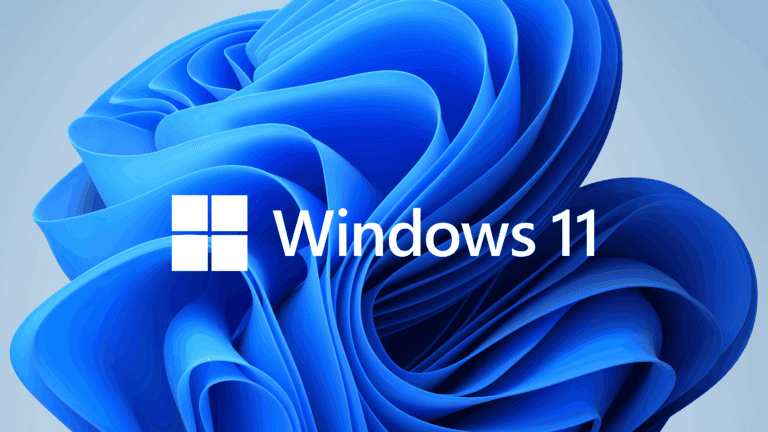Microsoft is making it possible to install Windows 11 on many more PCs than before. After years of sticking to high system requirements, Microsoft is giving up the fight.
Microsoft requires Trusted Platform Module (TPM) 2.0 support and Secure Boot capabilities for the UEFI to provide official support. This was too much for PCs with 7th Core-generation Intel chips, for example. In other words, even the most powerful computer of 2017 could not run Windows 11 if you asked Microsoft.
Forbear
It had long been possible to install Windows 11 on PCs that did not meet the requirements. Yet all methods had been explained outside Microsoft support pages. Now, a Windows 11 installation on unsupported hardware receives a watermark. Also, the PC Health Check app checks which components are incompatible with the operating system.
Ultimately, Microsoft at most tolerates running Windows 11 this way. “If Windows 11 is installed on ineligible hardware, you should be comfortable assuming the risk of running into compatibility issues”, Microsoft says. A device might even break, reads the somewhat alarmist official advice. Also, Microsoft offers no guarantees about the compatibility of later Windows 11 updates.
Tip: Windows 10 and Windows 11 end-of-life dates
The official warning reads:
“This PC doesn’t meet the minimum system requirements for running Windows 11 – these requirements help ensure a more reliable and higher quality experience. Installing Windows 11 on this PC is not recommended and may result in compatibility issues. If you proceed with installing Windows 11, your PC will no longer be supported and won’t be entitled to receive updates. Damages to your PC due to lack of compatibility aren’t covered under the manufacturer warranty. By selecting Accept, you are acknowledging that you read and understand this statement.”
Still a white flag
Even so, this move is significant. For the first time, Microsoft is publicly admitting that users may not buy a supported PC just to get Windows 11 installed. The timing of this change of pace also makes sense. Windows 10 support is disappearing in 10 months, leaving hundreds of millions of PCs out in the cold.
It should surprise no one that Windows 11 adoption isn’t heading to the same numbers that Windows 10 adoption saw. The PC market had been in a slump before the Covid-19 pandemic, and this trend continued after the pandemic subsided. The industry is now pinning its hopes on the AI PC, but even under that new name, there are few signs of change.
Also read: Windows 11 adoption disappoints, but that’s only natural
